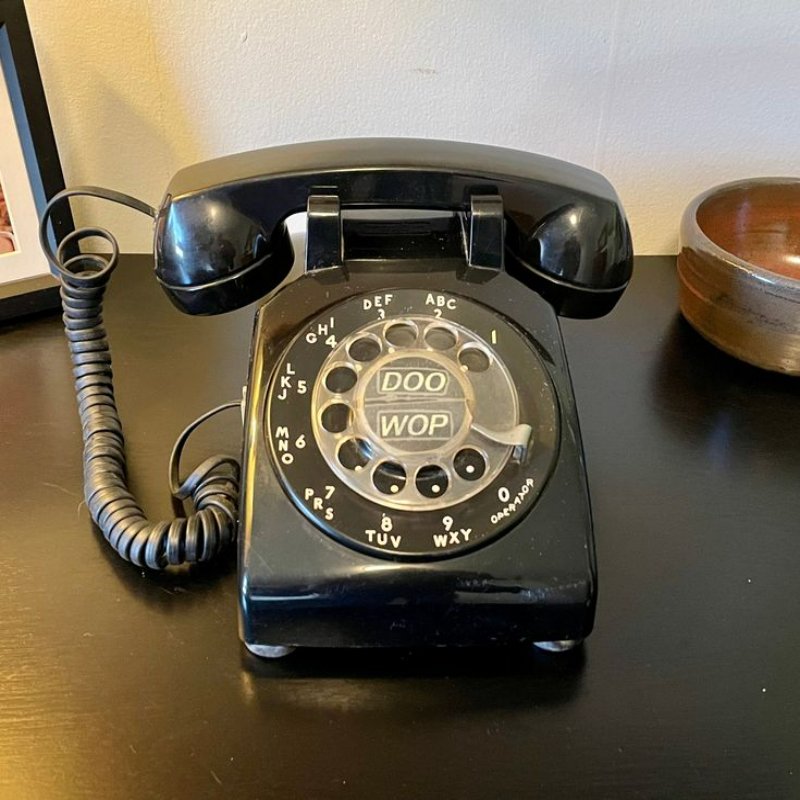When it comes to staying connected, the modern world offers numerous tools and technologies that enable us to communicate seamlessly. However, many still rely on landline phones for their reliability and clarity. Whether you’re a business owner needing to stay reachable or an individual seeking convenience, knowing how to forward calls from a landline to a cell phone can significantly enhance your communication abilities. In this guide, we will explore various methods, tips, and troubleshooting techniques for forwarding calls efficiently.
Understanding Call Forwarding: The Basics
Call forwarding is a standard feature that routes incoming calls from one number to another. This capability is particularly useful in ensuring that you don’t miss important calls, especially when you’re not near your landline. Although the specific steps for forwarding calls can vary by provider and the technology used, the underlying principles remain the same.

Why Forward Calls from Landline to Cell Phone?
Before diving into the “how,” it’s essential to understand “why” you might want to forward calls from your landline to your cell phone. Here are a few compelling reasons:
Flexibility: Forwarding calls allows you to stay reachable while you’re on the move.
Time-Saving: Avoid unnecessary trips to check messages or call back missed calls on your landline.
Professionalism: For businesses, maintaining a consistent point of contact improves customer experience.
Emergency Preparedness: In case of power outages or other disruptions, having calls directed to your mobile ensures that you’re never completely offline.
How to Forward Calls from Landline to Cell Phone?
Call forwarding allows you to redirect incoming calls from your landline to another phone number, such as your cell phone. This feature can be particularly useful when you are away from home, traveling, or simply prefer not to miss any calls. Call forwarding can usually be enabled through your phone service provider and can be set up for specific situations, such as always forwarding calls, forwarding only when busy, or forwarding when you do not answer.
Step 1: Check Your Phone Provider’s Call Forwarding Protocol
Before initiating any call forwarding, it’s wise to check your specific phone service provider’s policies and procedures. Each provider may have different methods, settings, and codes for enabling call forwarding. Start by looking for the following information:
The type of landline service you have (basic, VoIP, etc.)
Your provider’s specific instructions for call forwarding
Any associated costs or limitations with the feature
Step 2: Using Call Forwarding Codes
Most landline services use specific codes to set up call forwarding. Below are instructions for some of the most popular providers:
For AT&T, Verizon, and Sprint
Dial the Call Forwarding Activation Code:
AT&T: Dial *72 followed by the 10-digit number you want your calls forwarded to, e.g., *72 1112223333.
Verizon: Dial *72, wait for a confirmation tone, and then enter the forwarding number.
Sprint: Dial *28, wait for a confirmation tone, and then enter your mobile number.
Confirm Call Forwarding:
After entering your number, you should hear a confirmation tone or message indicating that call forwarding is activated.
Deactivate Call Forwarding (If Needed):
To disable the forwarding, simply dial *73 for AT&T and Verizon, or *29 for Sprint.
For Local Landline Providers
Many local providers also utilize similar codes but may have variations. Always refer to your provider’s official website or customer service for the exact codes and procedures.

Step 3: Using Your Phone’s Settings (VoIP and Digital Landlines)
With the rise of VoIP (Voice over Internet Protocol) services and digital landlines, many users can access more sophisticated functionality directly from their devices. Here’s how to forward calls through device settings:
Example: Forwarding Calls Using an Internet-Based Phone
Log into Your Account:
Use the web portal associated with your VoIP provider.
Navigate to Call Settings:
Look for an option labeled ‘Call Forwarding’ or ‘Call Management.’
Enter Forwarding Number:
Input your cell phone number where you want calls directed.
Save Changes:
Always make sure to save any changes you have made before exiting.
Test the Setup:
Make a call to your landline to ensure it’s forwarding correctly.
Step 4: Utilizing Third-Party Call Forwarding Services
If your landline service does not offer direct call forwarding or if you seek additional features (like voicemail options or call screening), consider using third-party services. Services like Google Voice, Call Forwarding, or Grasshopper can provide extensive features beyond standard forwarding.
Choose a Service:
Research and select a call forwarding service that meets your needs for features and pricing.
Set Up an Account:
Create an account with your chosen provider.
Link your Landline:
Follow the instructions to link your existing landline to the service.
Configure Settings:
Customize your call forwarding preferences, including how you wish to receive calls, voicemail options, and screening.
Confirm Functionality:
Make a test call to check whether calls are successfully forwarded to your mobile number.
Best Practices for Call Forwarding
Once you’ve set up call forwarding, ensure that your forwarding number is easily accessible in case you need to change it quickly. You can write it down or save it in your contacts for fast access.
It’s crucial to regularly test your call forwarding settings, especially in a business context. A missed call could mean lost business or vital communication, so make it a habit to confirm that everything is functioning as intended.
Inform clients, friends, or family members about your new forwarding number (if applicable). This ensures they know how to reach you, reducing confusion or missed calls.
Keep an eye on any updates your service provider might offer regarding call forwarding, as features and processes can change over time.

Troubleshooting Common Call Forwarding Issues
If you encounter issues with call forwarding, don’t worry—most problems can be resolved with a few simple troubleshooting steps.
Confirm Activation:
Ensure that your call forwarding has indeed been activated. Sometimes, the activation may not take effect as expected.
Check the Forwarding Number:
Verify that the number you’re forwarding calls to is correct and functional.
Inquire with your Provider:
If everything seems correct but forwarding still doesn’t work, reach out to your service provider’s customer support for assistance.
Check Your Phone:
Make sure your mobile device is functional, has good reception, and can receive calls without issues.
Account Status:
Inspect your account status for any payment issues or restrictions that might be affecting your landline service.
Understanding Rate Plans and Limitations
Being aware of your provider’s rate plans is crucial. Some services may charge for forwarded calls, especially if they’re international. Check your service agreement to avoid unexpected charges.
Advanced Options: Customizing Call Management Features
Voicemail and Call Screening
For those who need more than just basic call forwarding, advanced features like voicemail and call screening can provide additional benefits. Some VoIP services allow you to manage calls based on certain criteria, ensuring that only the most important calls get through.
Integration with Apps
Many modern services integrate seamlessly with popular communication apps, allowing you to manage your calls, messages, and more all in one place. This can enhance your overall efficiency and increase productivity.
Conclusion: Enjoy the Benefits of Seamless Communication
Knowing how to forward calls from a landline to a cell phone can revolutionize how you manage communication in your personal life and business. With a few straightforward steps and a better understanding of your service options, you can ensure that you’re always reachable, no matter where you are. Embrace the flexibility and efficiency that call forwarding offers and enjoy uninterrupted communication wherever life takes you. Whether you’re on the road, working from home, or even in a meeting, ensure that your calls follow you wherever you go. With the right tools and knowledge, elevate your connectivity and make missed calls a thing of the past!